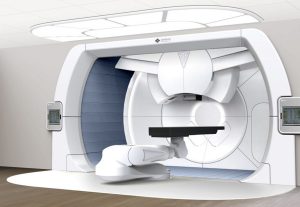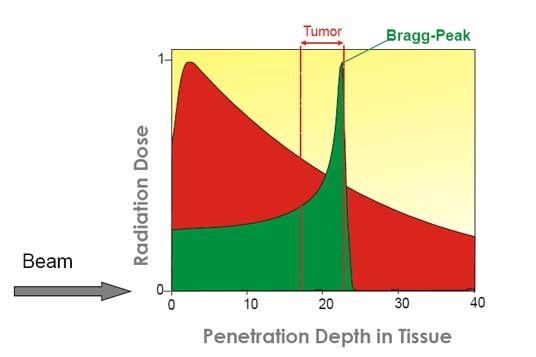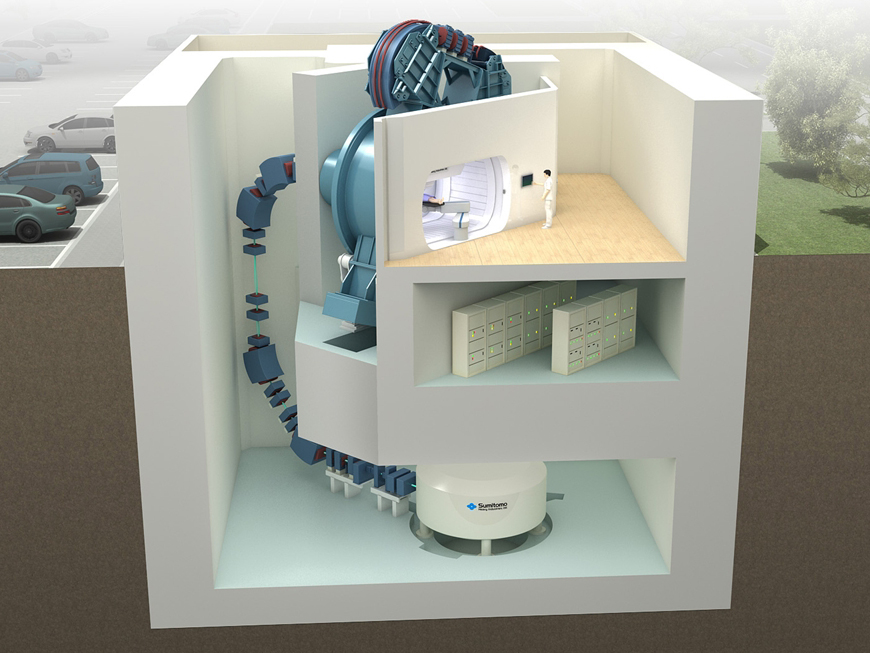Proton beam therapy has precise physical dosage characteristics that enable the delivery of an optimal dose distribution to the targeted cancer tissue while limiting the amount of radiation affecting normal tissue. It is a gentle form of radiotherapy with generally lower side effects than other forms of radiotherapy. Especially for pediatric care, it is important to ensure that the quality of life can be preserved. A proton beam therapy system consists of an accelerator (cyclotron), an energy selection system, a beam transport system, and rotating gantry irradiation equipment (gantry, irradiation nozzle, and patient positioning equipment). High-intensity proton beams from the cyclotron allow for the shortening of the beam irradiation time and reduce the load on the patient.
More information is available at: https://www.shi.co.jp/english//products/industry/proton/index.html.







